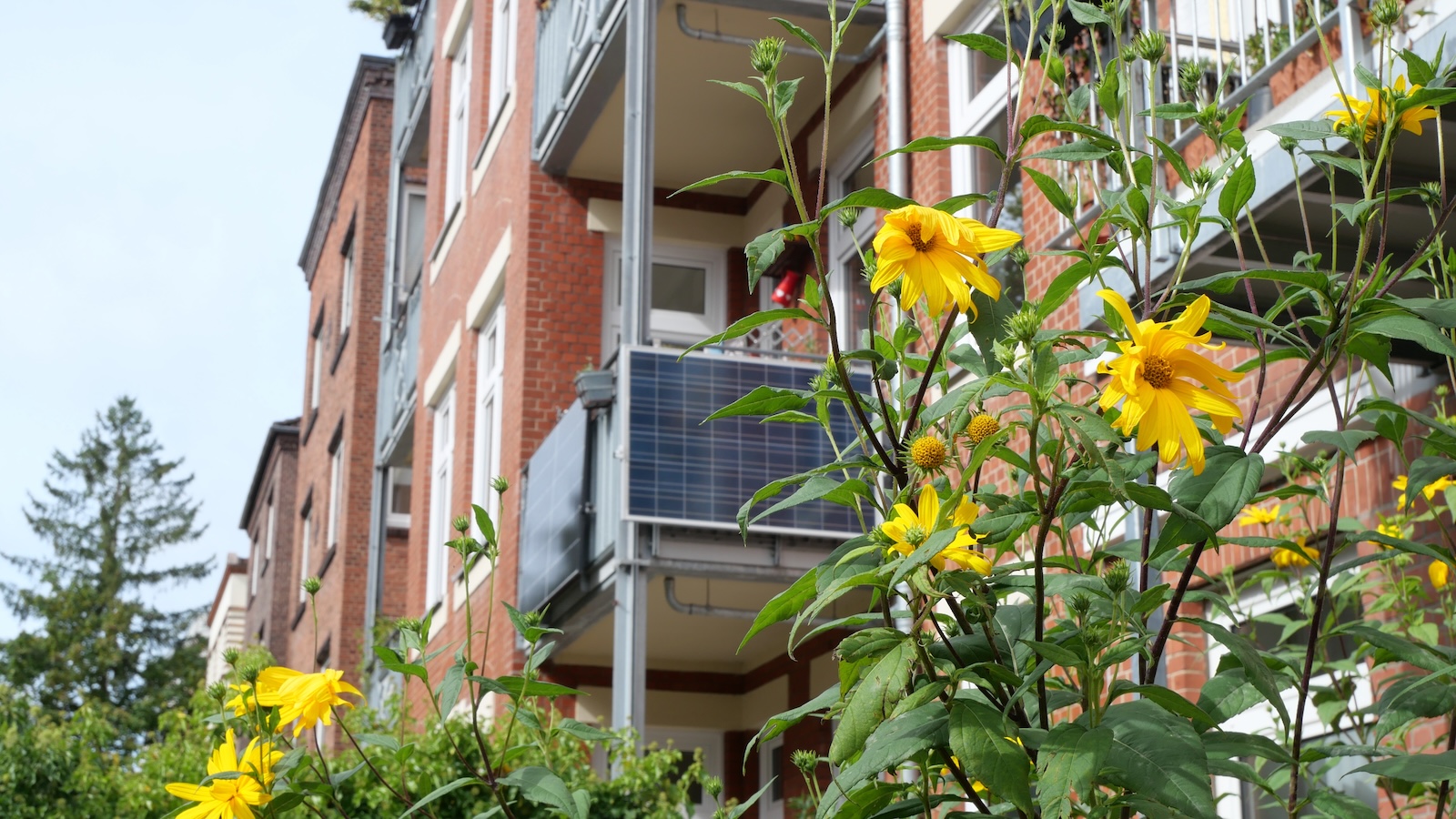Weyland is one of hundreds of thousands of people across Germany who have embraced balkonkraftwerk, or balcony solar. Unlike rooftop photovoltaics, the technology doesn’t require users to own their home, and anyone capable of plugging in an appliance can set it up. Most people buy the simple hardware online or at the supermarket for about $550 (500 euros.)
More than 550,000 of them dot cities and towns nationwide, half of which were installed in 2023. During the first half of this year, Germany added 200 megawatts of balcony solar. Regulations limit each system to just 800 watts, enough to power a small fridge or charge a laptop, but the cumulative effect is nudging the country toward its clean energy goals while giving apartment dwellers, who make up more than half of the population, an easy way to save money and address the climate crisis.



Love the idea and article, but…
I want to see a laptop with an 800w charger.
watt vs watt-hour.
An 800 watt solar system would generate about 5 kwh per day if setup fairly optimally.
5 kwh is a pretty typical laptop battery capacity.50-100wh is typical for a laptop battery.5 KILOwatt hours is a typical laptop battery? Aren’t they more like 50-100wh?
I believe you are correct.
Humbleflamingo is humble.
I like this community.
Find me a laptop that draws 200 watts. They’re usually about 80.
My Asus laptop draws (a maximum of) 200W as far as I can tell.
This is not my model but here’s the tech sheet for a different one: https://www.asus.com/laptops/for-gaming/tuf-gaming/asus-tuf-gaming-a14-2024/techspec/
Framework 16 laptops come with a 180W charger. The laptop itself might not draw that much (depends on your laptop configuration and settings), but the charger can draw that much to charge the laptop if needed.
Not quite 200W, but there are more powerful laptops on the market than the ones Framework sells.